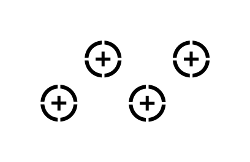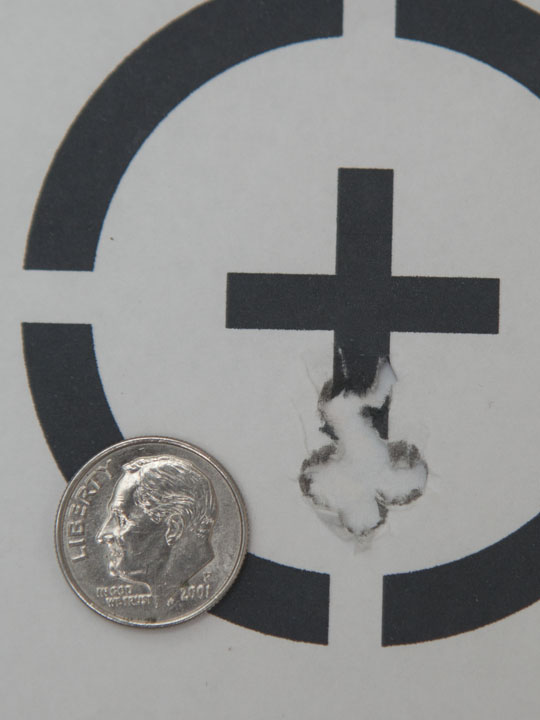.223 Remington Load Development
I recently acquired a rifle for coyote hunting. The season opens again May 9, which is less than three weeks away. I need to develop a load for it very soon. It doesn’t have to be the most accurate load to start, but it it should be sub-MOA with a varmint bullet.
I ordered some brass directly from Nosler. They are located on the west coast, so it took a week to get here. I have two powders I want to try: Hodgdon VARGET, which produces top velocities for .223 Remington and has been quite accurate for me, and IMR 8208 XBR, which I have never used but is reputed to be very accurate and completely insensitive to temperature variation. I have also splurged and bought Federal GM205M primers. I also have two bullets I want to try: Sierra 55 grain BlitzKing and Hornady 53 grain V-Max. The V-Max has a really great ballistic coefficient, but they have been out of stock everywhere (I just found some online and ordered a box today). The reticle on the scope should be reasonably integrated with the trajectory of either.
All of these are excellent components, but I have to say I was particularly impressed with the Nosler brass. When they say it comes ready to load, they aren’t kidding. They are sized and trimmed. The mouth is chamfered and deburred. Nosler claims a high degree of uniformity for primer pockets and flash holes, and that seems to be true. The flash holes are deburred, and the cases are sorted by weight. I didn’t feel the need to do any brass preparation before loading them. That alone justifies the higher cost (and I got mine for a good price).
I have developed loads many times, but this time I am going to try Dan Newberry’s Optimal Charge Weight load development method. If it works as advertised, I should be able to narrow in on an accurate load quickly. I have already loaded the first series of tests for both powders with the BlitzKing, and I will give them a whirl this weekend.

Oh, I whipped up a target for use with the BDC reticle in the Nikon Coyote Special scope. The outer diameter of the circle is 2½”, which should center easily inside the reticle circle at 100 yards, with about a ¼” margin. The cut marks in the circle are ¼” thick, and they should line up with the cross hairs outside of the reticle circle. The + mark in the middle is an inch square. I have printed these on 11″ x 17″ paper, the same size as the Department of Conservation targets supplied at the range. I will have to make sure I can use them at the manned ranges (they are getting more and more sensitive about targets).
I look forward to some time at the range this weekend.
Update: None of the loads grouped very well. I am wondering now if copper fouling could have been a factor. Anyway, I plan to try the same two powders using the 53 grain Hornady V-Max bullets.

Update: I appear to be making some progress. The five-shot group shown above was taken from 100 yards using the 53 grain V-Max, 8208 XBR, and once-fired cases. It measures 0.366″ center to center. Further testing at that charge weight is in order, but I think I may have found my coyote load. It looks like the rifle is shaping up to be a ½ MOA rifle.